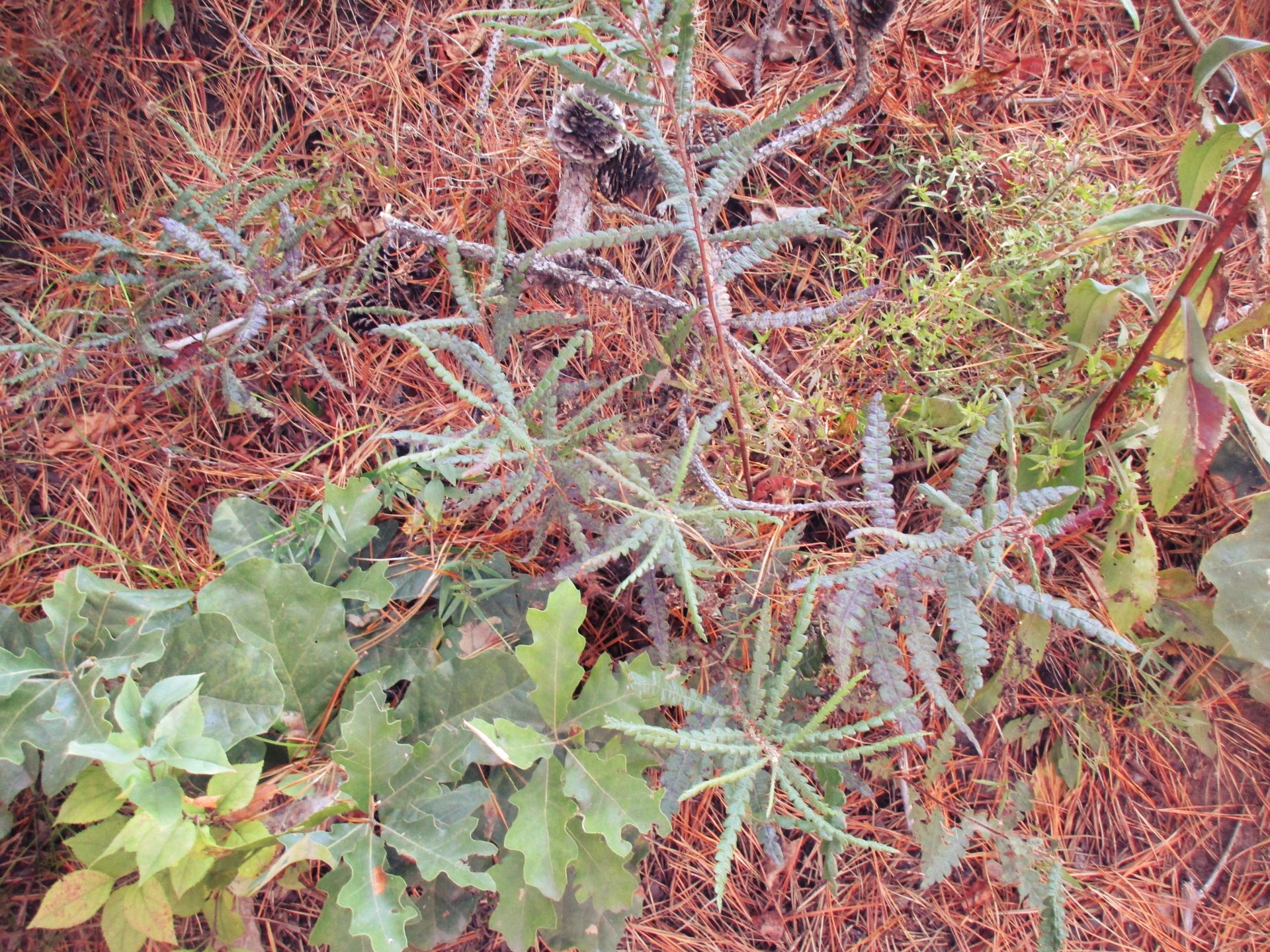Spadefoot Toads and Hognose Snakes – Neil Gifford Has Great Pictures 
Spadefoot Toads and
Hognose Snakes
Neil Gifford Has Great Pictures
by Lynne JacksonAt Save the Pine Bush’s October dinner at the First Presbyterian Church in Albany, Neil Gifford, Preserve Ecologist of the Albany Pine Bush Management Commission, gave an excellent presentation with phenomenal photographs about lesser known animals that inhabit the Pine Bush, the hognose snake and spadefoot toad.
The totally harmless and very shy hognose snake, will put on quite a show if it cannot escape. This snake will puff up like a cobra and make hissing sounds. But, it is absolutely harmless. Also to escape danger, the snake will roll over and play dead, hoping its enemies will leave it alone. The snake gets its name from its upturned, hog-like nose. It is a small snake, the hatchings about six to eight inches long, with the adults about three feet long. Not much is known about this snake. Currently, hognose snakes are being studied by catching them and surgically implanting radio transmitters. These animals are very shy. Gifford described having radio located a snake within the space of a few feet, and he still took 15 minutes to find the snake because it hid so well. The Pine Bush is a great habitat for this snake.
Even less is known about the elusive spadefoot toad. Gifford acutally had a photograph of this hard-to-spot creature. The spadefoot toad is only about 2-3 inches long, has unusual vertical pupils in its eyes, and has a smooth skin. On its back feet, it has a protrusion that allows the toad to dig, and gives the toad its name. Most of the time, the toads live seven feet down in the sand. They only come out when it rains very hard and for a long time. Probably they wait for the rain to ensure that the vernal (or seasonal) ponds where they lay their eggs will be full of water. Gifford noted that it must be extrememly distressing (deadly is probably a better word) for the toads to emerge from their sandy beds only to discover that thier sand dune has been paved over while they were asleep.
Many species of reptiles and amphibians have disappeared from the Pine Bush since the last survey was done 20 years ago. Loss of habitat due to fire supression and developments have contributed to the disappearence of these animals. Preservation of these rare and interesting animals is just one more reason why the Pine Bush must be preserved in its entirety.
published Dec98/Jan99 Newsletter
